iOS7: The Good, the Bad and the Infantile
On Tuesday, Apple released the biggest update to its mobile operating system since the introduction of third-party apps. Here's a quick rundown of the changes, for better and worse.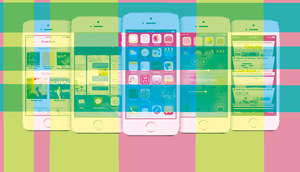
On Tuesday Apple released the biggest update to its mobile operating system since the introduction of third-party apps. Here’s a quick rundown of the changes, for better and worse.
By far, the best improvement is the control center, an always-accessible menu that puts the most important buttons and toggles right in front of you with an upward swipe of the finger. These include switches for Wi-Fi, Bluetooth, a flashlight, music controls — all the things you often need in a hurry and could never find. It’s basically a rip-off of one of Android’s better features, but Apple has improved on Google’s idea by collecting even more controls in one, neatly organized space.
Speaking of rip-offs that work, the new task manager (accessed by double-clicking the home button) is a naked theft from Palm’s defunct mobile operating system. That concept, which uses a stream of swipeable cards to represent apps, was invented by the design team of Matias Duarte, who now works for Google. Even Duarte didn’t have the cheek to clone his old design, instead revamping it for Android. But I’m glad Apple had the nerve — consumers shouldn’t suffer so only one company, particularly one that went out of business, can have a monopoly on a good idea (a lesson lawsuit happy Apple could learn). The card design, which is natural and beautiful in its iOS implementation, is a great improvement.
There are many other enhancements. For the first time since the original iPhone came out in June 2007, Apple has completely redone its ringtones. You can still access the old sounds, but they were never good and Apple, always looking for the extra dollar, made it expensive to make your own (unless you were willing to mess around in Garage Band). The new ring and alert tones are modern, and not nearly as obnoxious as what came before. Be gone, Marimba!
Siri is more robust, and now comes in two genders. Only time will tell if it’s any more useful than before.
Apps can apparently do more in the background, though as of this writing, Gmail (the most important background app one can imagine) still seems to need a refresh every time it opens.
AirDrop lets you share with other iPhone owners, which is a great feature if everyone you know has an iPhone (and many do). There’s a new streaming music service called iTunes Radio, with unlimited skips for those with iTunes Match. Those used to Spotify and other services that allow streaming at high bitrates will take a pass. Music on iTunes Radio sounds overly compressed and lossy. For a company that sells as many tunes as Apple, this is a big swing and a miss. Still, if you thought iTunes Match was worth paying for, Radio is just a bonus.
The look and feel of the device is cleaner. Much ink has been spilled about the skeuomorphisms — fake leather, note paper and other real-world imitations — that previously dominated Apple’s design aesthetic. Some people think they’re cute. For Apple’s top aesthete, Jony Ive, they were an embarrassment and he did away with them as soon as he was put in charge of iOS design. Good riddance.
On the other hand, the operating system is dominated by a new pastel color palette that is, well, awfully childish. One longs for an “adult” setting that might replace the bright pinks and blues with black, and gray — something more boring and grown-up. Maybe call it the “I’m not in the mood for this” button.
While dramatically revamping the colors, fonts, backgrounds and general style, Apple has left the basics of the home screen alone, and that’s a bad thing. There’s something really useless and cumbersome about page after page of app icons. At least give us the option to alphabetize them. Worse, Apple still decides how you can share, and with which apps by default. The fact that the camera app can now take square pictures only seems insulting given that you can’t then immediately post them to Instagram. Why does one need to share a square photo on Flickr?
Apple’s mobile operating system lacks some of the basic functionality and freedom that make Android the platform for grown-ups. If phones and tablets are the new computers, then Google has the good sense to treat them that way, with the ability to fully customize and control those devices. Yet with this release Apple has, by hook, crook and a little innovation, managed to do away with many of the iPhone’s more irksome deficits. Thus the company has restored its flagship device to former glory.
When the first iPhone came out, technology writers noted that Apple figured out that software was more important than hardware. In recent years, the iPhone’s hardware advanced by leaps and bounds while the software lagged far behind. Thanks to iOS7, the iPhone is once again the device I would recommend to most buyers.
Your support matters…Independent journalism is under threat and overshadowed by heavily funded mainstream media.
You can help level the playing field. Become a member.
Your tax-deductible contribution keeps us digging beneath the headlines to give you thought-provoking, investigative reporting and analysis that unearths what's really happening- without compromise.
Give today to support our courageous, independent journalists.
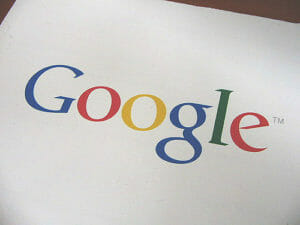
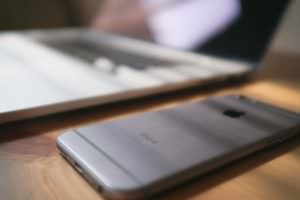
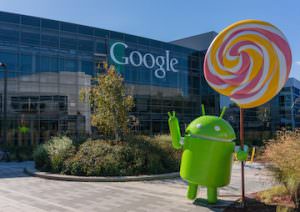

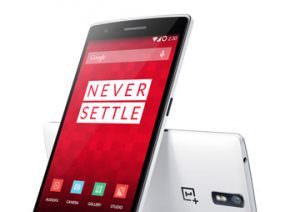
You need to be a supporter to comment.
There are currently no responses to this article.
Be the first to respond.